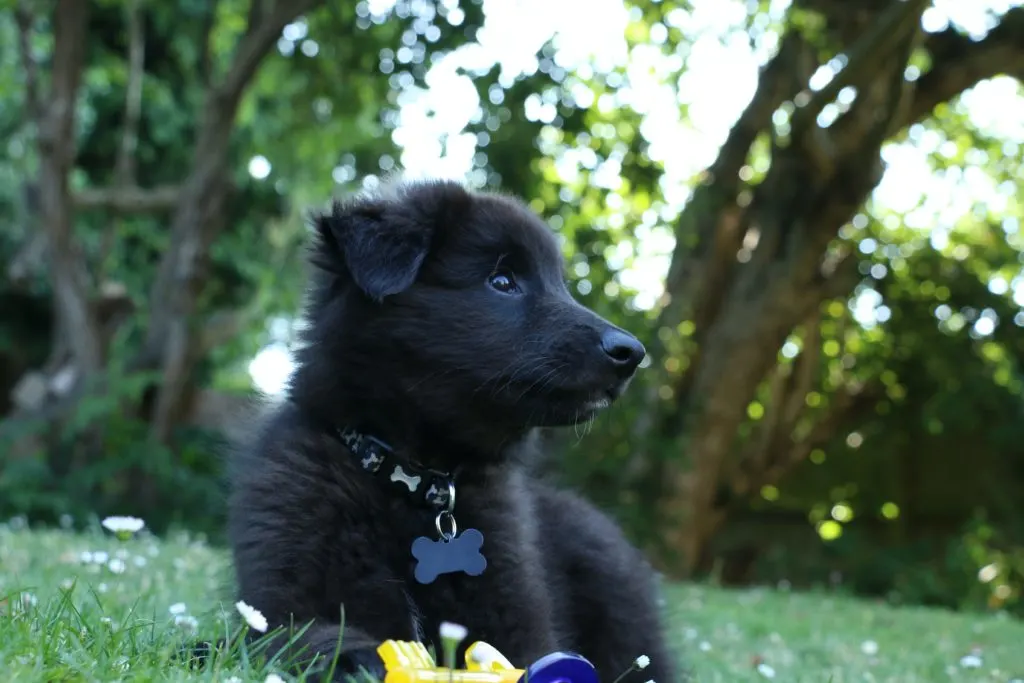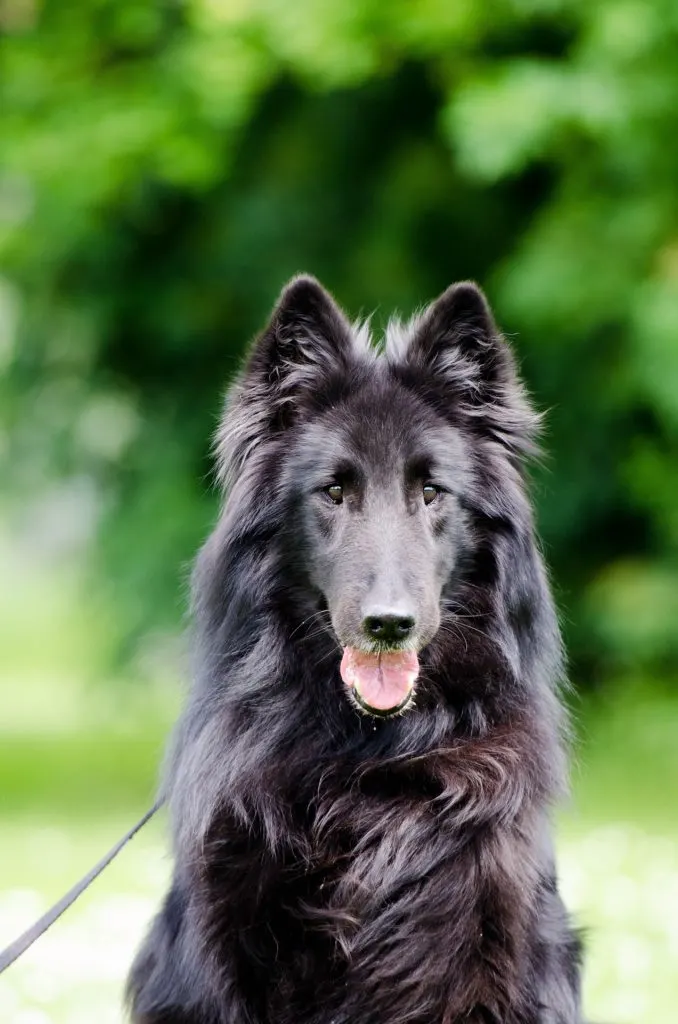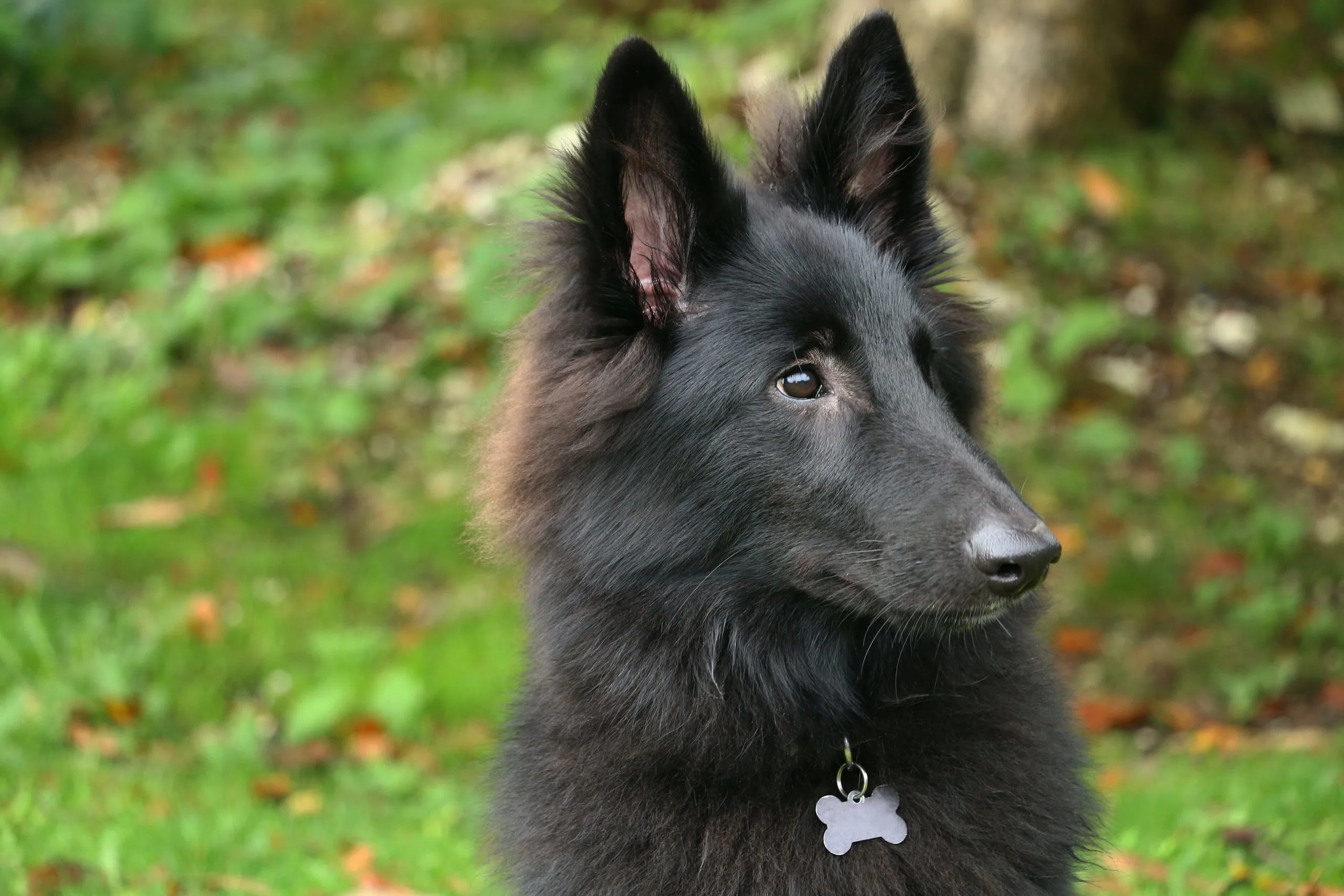The Belgian Sheepdog is a canine you need to know about! Just like their name suggests they originated in Belgium, and just like a German Shepherd, they are herding dogs.
The American Kennel Club recognizes over 190 breeds of dogs across seven groups: working, herding, toy, hound, terrier, non-sporting, and sporting dog breeds. In our article German Shorthaired Pointer: The overall great dog, we talked about sporting dog breeds. Now we´ll talk a bit more about the herding dog breeds.
As you might have guessed these breeds were developed to gather, herd and protect livestock. What many people don´t know is that herding dogs were part of the working group up until 1983. The reason why herding dogs were created is to gather, herd and protect livestock. They were supposed to make the life of farmers easier by herding their sheep, cows, and other farm animals.
The Belgian Sheepdog is only one of the many dogs in the herding dog group. Other breeds that are part of this group are Australian Herding Dog, Border Collie, and even the Pembroke Welsh Corgi!
But in this article, we´ll only focus on the Belgian Sheepdog, all of their appearance, temperament, and much more!
History of the Belgian Sheepdog
The Belgian Sheepdog is one of four shepherd dog breeds that originated in Belgium in the late 1800s. Back then it was listed as the Chien de Berger de Races Continentales Continental Shepherds or Belgian Shepherd Club. A group that includes other herding dogs. The Malinois variety (fawn-mahogany, short hair/coat with a black mask), Tervuren (fawn-mahogany, long coat with black mask), Belgian Laekenois (fawn, rough coat), and Belgian Sheepdog, or Groenendael, are the four kinds (black, long coat).

As you can see they differ mainly in coat types (coat varieties) and breed colors. What all of them have in common is that they are all working dogs. In the United States, the American Kennel Club (AKC) recognizes all varieties as separate purebred dogs, except the Laekenois variety. The United Kennel Club recognizes all four types as one.
The black-coated Belgian Sheepdog was originally developed by breeder Nicolas Rose, whose kennel was founded in 1893. The breed takes its European name from Rose’s estate, Chateau Groenendael, outside Brussels. Because of their flexibility, the dogs quickly became famous. They were soon deployed as police dogs in Paris and New York in the early 1900s. Customs officers patrolled the border with them in Belgium.
During World War I, they were used to deliver messages as well as pull ambulances and machine-gun carts. After the war, their popularity grew in the United States. That is when the Belgian Sheepdog Club of America was founded in 1919. Their numbers were reduced during the Great Depression. But they served as battle dogs in World War II, and interest in them has gradually revived since then.
Nowadays they make great family pets, but they also haven´t lost their herding roots, so they might try to herd you and your family, but more on that later!
Appearance
If you look at Belgian sheepdog breed pictures you will see that this is a medium-sized, square dog that is attractive, well-proportioned, and natural. According to the Belgian Sheepdog Club of America (national breed club), the first impression of the Belgian Sheepdog is that of a well-balanced, square, athletic breed of dog, elegant in appearance, with an exceedingly proud carriage of the head and neck.
He exudes an air of elegance and toughness. He is tough, built for endurance, and accustomed to life outside, with a coat designed to withstand a wet climate. His grace and expression convey a tremendous deal of character power. This canine is an energetic and swift dog with a natural desire to be on the move. Males range in height from 23 to 24 inches and weight from 55 to 75 pounds. Females range in height from 22 to 24 inches and weight from 40 to 60 pounds.
The Belgian sheepdog personifies the expression “bright-eyed and bushy-tailed,” with its long black coat and inquisitive gaze. They have triangular ears and erect ears, while their eyes are dark brown and almond-shaped, and their look conveys “alertness, focus, and ready for activity,” according to the Belgian Sheepdog Club of America.
Double coat
The sheepdog is a double-coated breed, so they have a double coat that sheds twice a year. You should bathe your dog when necessary, but weekly brushing is a must. These pups only need to be brushed twice a week because they have a lovely, double-layer coat, but a pet parent should be prepared for shedding season. They shed excessively at least once a year and leave dog hair all over the house. During the shedding season, they should be combed every day.
Also cut their nails to maintain your sheepdog in great shape. It´s best to start cutting their nails at an early age, that way your dog can get used to it and won´t make a fuss when you´re grabbing the nail clipper.
The Belgian sheepdog has a dense undercoat (which is a smooth coat) and a tougher outer coat that is medium length to long and straight, being good protection for cold weather and regions. When it comes to breeding colors, generally speaking, this breed has a black coat, but the Belgian sheepdog’s coat (which has a texture that is between silky and wiry) might also have little patches of white on his chest, tips of his toes, chin, and muzzle.
Personality and characteristics
The Belgian Sheepdog should exhibit intellect, courage, attentiveness, and commitment to the master. In addition to his natural ability as a flock protector, he should be protective of his family and property. With humans, he should be watchful and vigilant with strangers, but not fearful. He should not be afraid or shy. He should not be cruel by launching an unnecessary or unprovoked attack. Because of all of these great characteristics, they also make an amazing therapy dog.
The perfect Belgian Sheepdog is intelligent, brave, attentive, and family-oriented. When not under command, he is said to be always on the move. His keen observation abilities make him a great watchdog, but his herding pedigree causes him to be wary of strangers. This distrust might develop into aggressive behavior if he is not properly trained and socialized.
A well-socialized and trained Belgian Sheepdog is a self-assured protector of his people and property who does not attack without reason. With people he knows, especially family members, he is loving and kind. He also expects a lot of their time and attention. This breed dislikes being left alone for long hours, he prefers to be involved in family activities. He demands a lot of mental stimulation in the form of training and play, especially with puzzle toys like Buster Cubes and interactive activities like fetch and dog sports. When it comes to family life and children, they are usually very good. But, we would never advise you to leave your dog alone with a small child, no matter which breed you own.
A lot of work
This excellent Belgian Sheepdog temperament does not arise by chance. A variety of things influence it, including genes, training, and socialization. Puppies with good temperaments are interested and playful, eager to approach and be held by people. Choose the puppy amid the pack, not the one who is tearing up his littermates or hiding in the corner. Excessive shyness can be an issue in this breed, so never adopt a fearful puppy, even if he makes you feel protective.

Belgian Sheepdogs, like all dogs, require early and extensive socialization — being exposed to a variety of people, sights, noises, and experiences — when they are young. Enough socialization ensures that your Belgian Sheepdog puppy develops into a well-rounded dog. Inviting guests over regularly, as well as taking him to busy parks, stores that accept dogs, and on strolls to meet neighbors, will help him improve his social abilities. It will be hard work, but in the end, it is worth it because you will have an overall great dog. and if you need some help, enrolling him in puppy kindergarten is a terrific place to start.
Health problems and life expectancy of the Belgian Sheepdog
The Belgian Sheepdog has a life expectancy of 10 to 12 years. The good news is that they are not prone to any major health issues. But they are prone to minor issues such as:
- hypothyroidism,
- seizures,
- allergies, and
- skin disorders.
Besides that, just like any other medium-sized to large dog, they are prone to:
- elbow dysplasia,
- canine hip dysplasia (CHD),
- hemangiosarcoma,
- pannus, and
- progressive retinal atrophy (PRA).
If you want your dog to stay healthy and live a long life your veterinarian may recommend that the dog undergoes frequent thyroid, elbow, hip, and eye checks to detect these problems early so they can be treated.
Exercise
Energy levels are at the top of the list of characteristics to consider when purchasing this breed. The Belgian Sheepdog is not a breed that enjoys lounging around the home; he is a working dog who requires regular exercise and plenty of exercise. Herding dogs, such as the Belgian Sheepdog, have high intelligence and are hardwired to follow a flock of sheep all day.
That impulse does not go away simply because they are now living in a family household. This means that they need at least one hour of exercise per day. The Belgian Sheepdog is a very clever breed that requires diversity to avoid boredom. He’s not a good fit for folks who work long hours and don’t have time to exercise their dog during the day. If he’s left to his own devices, he’ll either make his amusement — usually something you won’t enjoy and will be costly to fix — or they will develop separation anxiety. We are sure you don’t want either of those two.
Read some of our other articles:
- Brindle Pitbull Dog: Everything That You Should Know
- Cane Corso Blue: The Rare And Mystery Cane Corso
- Onofrio Dog Shows: Everything That You Should Know
- Cane Corso Dogo Argentino Mix
- Doberman Pitbull Mix: Best Of Both Worlds?
- Bordoodle: The Intelligent And Energetic Doodle
- Should I Wake Up My Puppy To Pee At Night?
- Lycan Shepherd: A mix of three breeds
- Tibetan Mastiff: A Protective & Fearless Giant

